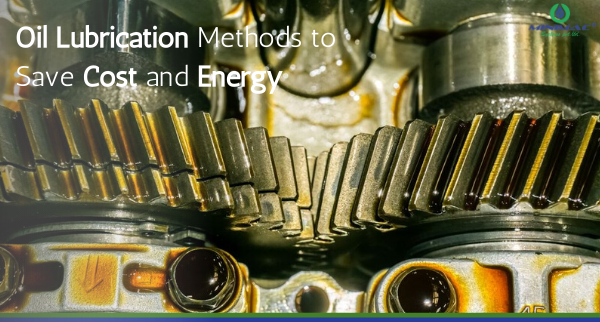Is your new Oil free from Contaminants?
Whenever we experience contamination in our oil our instant reaction or resort is to change the lubricant and replace it with a new one. But the question is, is our new oil free from contaminants? Contact Minimac for oil check: +91 7030901266 Lubricants are supplied in two forms i.e. in bulk through tankers and in the packaged form such as steel drums, plastic drums/cans. Both of these options are prone to the risk of lubricant degradation in storage. Let’s understand how to maintain fresh and clean inventory. 1. Product Labelling : This is key to avoid any cross-contamination or old stocking of lubricants. A label should reflect the following: a. The date container has been opened. b. Purchase & delivery date of the drum c. Product name d. Inventory code e. Storage location f. Min & Max inventory levels 2. Inventory management : ...
